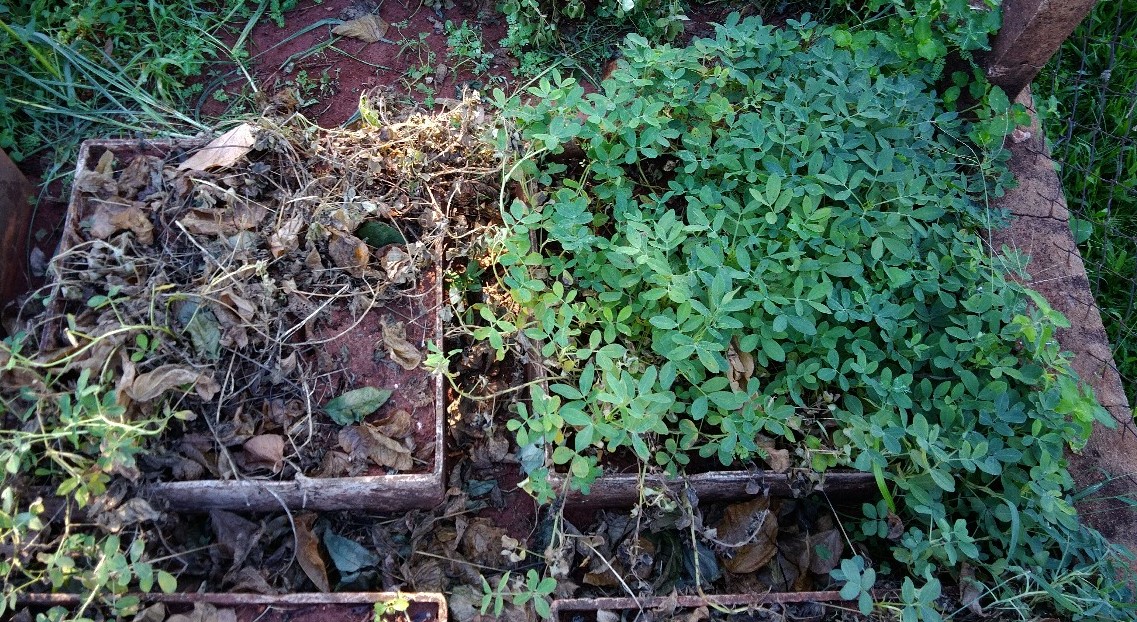What is the level of competition between the black mucuna and the peanut culture?
DOI:
https://doi.org/10.17648/sas.v1i2.39Keywords:
Arachis hypogaea L., Mucuna aterrima, Productivity, Photosynthetically active radiation, WeedsAbstract
The interference of weeds in coexistence with peanuts affects the growth and development of plants, which can cause losses of more than 80% in crop productivity. Among the main problematic weeds in the peanut production areas, there has been a significant increase in climbing plants, mainly mucuna and viola cords. Therefore, the objective of this work was to evaluate the impact of the competition of the black mucuna in the development of the plants and in the productivity of the peanut. The experiment was conducted in the field in a randomized block design, with 5 replications. The treatments consisted of six densities of black mucuna (0, 1, 2, 3, 4 and 5 plants / m2) in competition with the peanut cultivar IAC OL3. During the reproductive stages R1 to R7, evaluations of photosynthetically active radiation intercepted by weeds and peanut culture were carried out. At the end of the experimental period (130 DAS), peanuts and black mucuna were harvested manually. Then, the dry mass of the aerial part of the mucuna-negra and peanut was determined. The number and mass of the peanut pods and seeds were also determined. The data obtained were subjected to analysis of variance by the F test and the means compared by the Tukey test at the level of 5% probability. Based on the results obtained, it was found that the vegetative mass of the black mucuna, regardless of plant density, provided shading in the peanuts, reducing, on average, 90% the interception of photosynthetically active radiation by the crop, 70% the vegetative mass peanut and 76% the productivity of peanut pods and seeds. Therefore, it is concluded that the black mucuna is a very aggressive plant in competition with the peanut culture and causes serious losses in the density of one or more plants / m2.
Downloads

Downloads
Published
How to Cite
Issue
Section
License
Autores concordam com os seguintes termos:
a) Os autores mantêm os direitos autorais e concedem à revista o direito de primeira publicação, com o trabalho simultaneamente licenciado sob a LicençaAttribution-NonCommercial-ShareAlike 4.0 International, que permite o compartilhamento do trabalho com reconhecimento da autoria e publicação inicial na Revista SAS. A licença permite o uso, a distribuição e a reprodução irrestrita, em qualquer meio, desde que devidamente citada a fonte. Essa licença permite também que outros remixem, adaptem e criem a partir do seu trabalho para fins não comerciais, desde que atribuam a você o devido crédito e que licenciem as novas criações sob termos idênticos.
b) Não cabe aos autores compensação financeira a qualquer título, por artigos ou resenhas publicados na South American Sciences.
c) Os conceitos expressos nos artigos publicados na South American Sciences são de inteira responsabilidade de seus autores.








